Tiger Woods and Rory McIlroy ‘can’t understand the anger’, while Keegan Bradley branded it ‘monstrous’… but what does the controversial golf ball rollback mean for the amateur?
The already disrupted golf landscape was turned upside down again Wednesday, but instead of the ongoing feud between LIV Golf and the PGA Tour, it was the sport's regulators who threatened the peace.
The golf world became further divided when proposals to 'roll back' the ball at all levels of the sport were finally confirmed.
After a three-year period of notice and comment, golf's governing bodies have unveiled concrete plans to ban current golf balls for professional players from 2028 and for recreational golfers from 2030, as a way to shorten shot distances and protect courses.
The highly controversial move has divided the professionals, with some supporting the intervention of the R&A and the United States Golf Association, while others angrily hit back.
PGA Tour figureheads Tiger Woods and Rory McIlroy were the biggest supporters of the rollback, with the Northern Irishman claiming in a social media post that he could not understand the anger in response to the move.
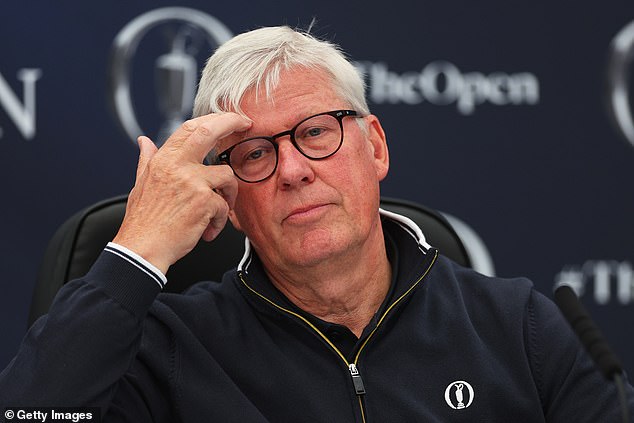
Golf's governing bodies (photo: Martin Slumbers, Chief Executive of The R&A) confirmed plans to roll back the golf ball on Wednesday
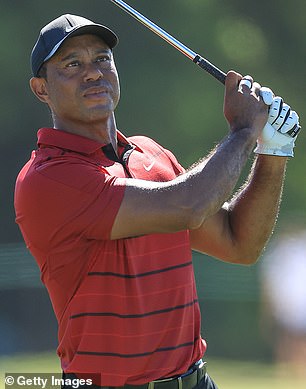

Tiger Woods (left) and Rory McIlroy (right) have backed proposals to scale back the balls
“I don't understand the anger over the golf ball rolling back,” McIlroy wrote on social media. 'It makes no difference to the average golfer and puts golf back on the path to sustainability. It will also help bring back certain skills to the professional game that have been eradicated over the past 20 years.”
Legend Jack Nicklaus has long been a proponent of the rollback, arguing that the game is starting to become unbalanced.
“For most of us the game is quite balanced,” said the eighteen-time major winner during the Masters in April. 'Strength has always been an asset. Today the [professional] the game is more balanced towards power. I don't know if there is an imbalance. I don't think we'll have a country anymore.'
Others, however, were not so kind to the move, with even PGA Tour commissioner Jay Monahan issuing a statement to players saying he does not support it.
Earlier this year, Justin Thomas blasted the proposal, saying, “If you can swing 120 miles an hour, you have the power.” I mean, people run faster, so are they just going to increase the length of a mile so that the fastest mile time doesn't change, or are they going to move the NBA hoop to 13 feet because people can? jump higher now? No. It's evolution. We are athletes now.”
Meanwhile, women's golf legend Annika Sorenstam argued against the move, claiming the problem is primarily a male one, with LPGA players likely to be punished more severely for an issue that has no impact on the women's game.
“I really think this is a PGA Tour problem more than anything. We didn't run out of courses on the LPGA Tour,” she told Sirius XM PGA Tour Radio. “I enjoy playing the courses that the men can't play, courses that we invent, bucket list courses that are too short for the men.”
But like it or hate it, it will come into effect for everyone in six years. But why? The core of the story is simply protecting the sport from obsolescence.
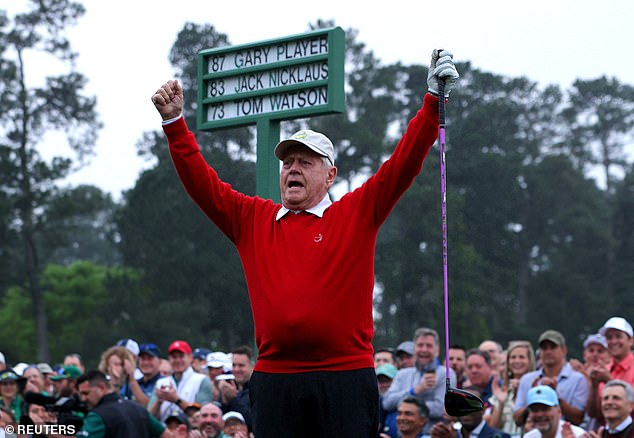
Jack Nicklaus is in favor of the rollback because he believes the game is unbalanced
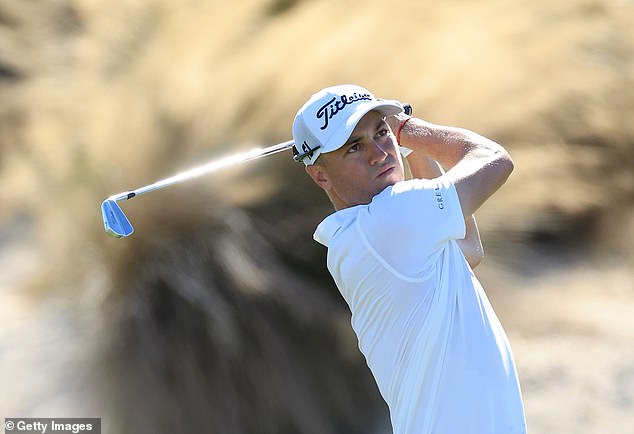
But PGA Tour star Justin Thomas took action against the move earlier this year
Thanks to improvements in technology, equipment and engineering, golfers are going further than ever, which on a surface level only seems like a good thing, but could actually put the future of golf in an awkward position.
During the 2022-2023 season, 98 professionals averaged more than 300 yards off the tee. Rewind to just ten years ago, and just thirteen years ago.
The increased length off the tee means that competitive golf is on its way to becoming a worse product.
While impressive, it will eventually become tiring for fans to watch professionals continually hit the ball so far that they are left with just a wedge on the dance floor or drive over the green repeatedly – if they aren't already.
Worse yet, legendary courses like Augusta National, St. Andrews and Pebble Beach will look like a pitch-and-putt.
And, as Woods has said, there is only so much land on this planet and we are running out of property to expand existing courses or build new, longer courses.
Augusta already famously expanded the 13th hole by 35 yards by purchasing the property behind the old back tees. But no other course can realistically afford that and even The Masters' house is running out of space.
For example, noted big hitter Bryson DeChambeau's insane distance allowed him to penetrate the par-five fifth at Whistling Straits with a 417-yard drive during the 2021 Ryder Cup.
His win at the 2020 US Open at Winged Foot is also often cited as a motive for the reversal after the American was successful in terms of distance but fell hugely behind in terms of accuracy and still managed to pull off a big win.
Once majors are ridiculed, the sport as a whole is humiliated.
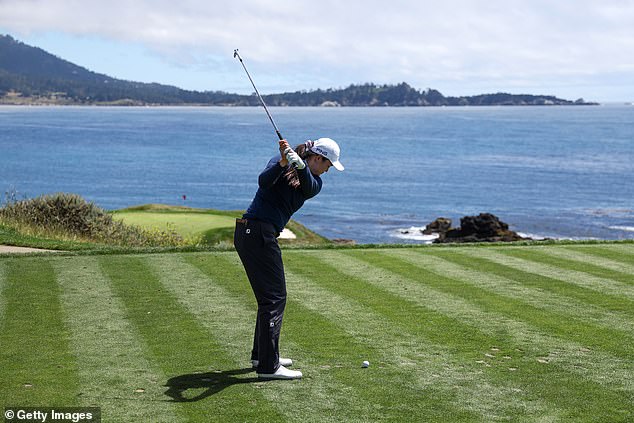
Golf courses such as Augusta National, St. Andrews and Pebble Beach (pictured) can be overrun
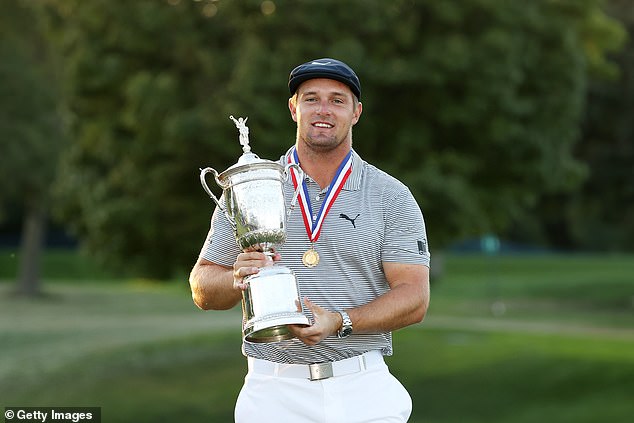
Bryson DeChambeau's 2020 US Open is also often cited as a motive for the rollback
Under the rollback, golf balls are scaled back to combat the increase in player height while protecting existing courses.
Test conditions will be increased from a clubhead speed of 120 mph to 190, while still keeping the distance limit of 317 yards within limits. In plain English, this essentially means that a faster swing equals a longer shot, which equals the need to scale the ball back.
Golf's governing bodies initially wanted to apply the changes only to professionals, but that was met with protests, likely intended as a means to derail the changes altogether.
Although this all seems very much like a professional issue, amateurs have also been dragged into the circus.
But what does that mean for the amateur golfer?
Well, first of all, they'll have to buy new golf balls, which at $55 for a box of a dozen Titleist Pro V1s could be seen as a steep price.
But other than that? Honestly, not very much.
The main argument against using the rollback on the recreational golfer is that they don't hit nearly as far as the pros, making distance an issue.
“It's monstrous that the amateur world is hitting the ball shorter,” Keegan Bradley told reporters at the Hero World Challenge last week.
'I can't think of anything more stupid than that. I don't think it's smart at all, especially when the popularity of golf literally comes from Covid.”

Keegan Bradley's reversal last week could be 'monstrous' for recreational golfers
Woods strongly supported the move for professionals, but insisted that he and his fellow PGA Tour stars would have to play different balls than amateurs.
“I think this should have happened a long time ago,” Woods said at The Masters via Golf.com. “I've taken the position that if you're playing in a pro event or there's a 'P' next to your name, you should be playing pro ball. If there is an “A” next to your name and you are playing an amateur event, you must use an amateur ball.”
Meanwhile, Rickie Fowler, another pro left on the fence during the debate, echoed Bradley's argument about the fairness of the rollback for the weekender while welcoming it for pros.
“I totally understand if some protection could be better, but if you look at it across the board for anyone who plays golf, those weekend guys aren't going to want to hit it any shorter,” Fowler said.
“I don't think the golf ball is the only thing you throw out there. I think there are other ways to work on this.”
But while the USGA estimates that the longest-scoring pros will lose 13 to 15 yards and LPGA stars can expect a loss of five to seven yards, the average amateur will miss less than five yards. Hardly, 'monstrous'.
And that's only with a driver. If they pick up the irons, there will likely be little to no discernible change.
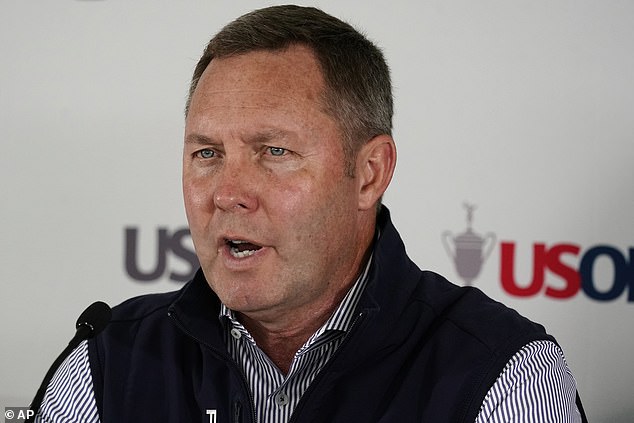
The USGA (photo: CEO Mike Whan) estimates that the longest-hitting pros will lose 13 to 15 yards
'The way it works, especially if you make the change through aerodynamics [of the ball]it actually goes to the square of the speed,” John Spitzer, director of equipment standards for the USGA, told GOLF.com.
“So we don't expect much loss of distance at all, even at the highest level, once you get to the 5-iron. And when you have low swing players like me, I lose almost all of my distance on the drive and see nothing in the fairway woods or hybrids. But the rest of the golfers at the highest level, by the time they reach the 5 iron [their distances] would be exactly the same.'
Does this mean that recreational golfers will be happy with shorter shots? Of course not, no one likes to hit shorter. But in general, if they were to take the ball off the tee with the new ball, they would probably do it with the current one as well.
Ultimately, it seems that the amateur need not fear. There is a lot of fuss about something that probably won't have much impact, but as R&A chief Martin Slumbers said: doing nothing was not an option.
